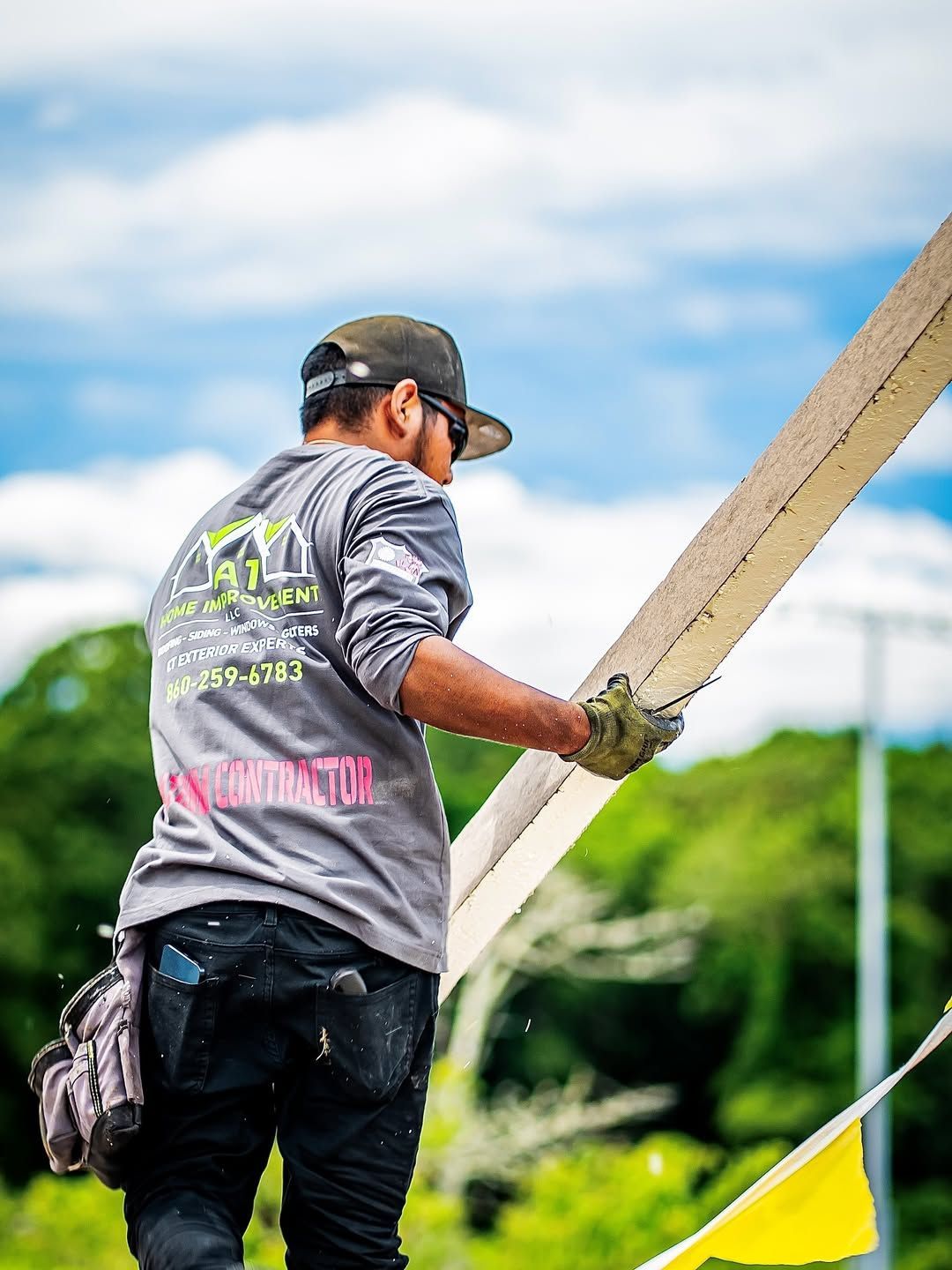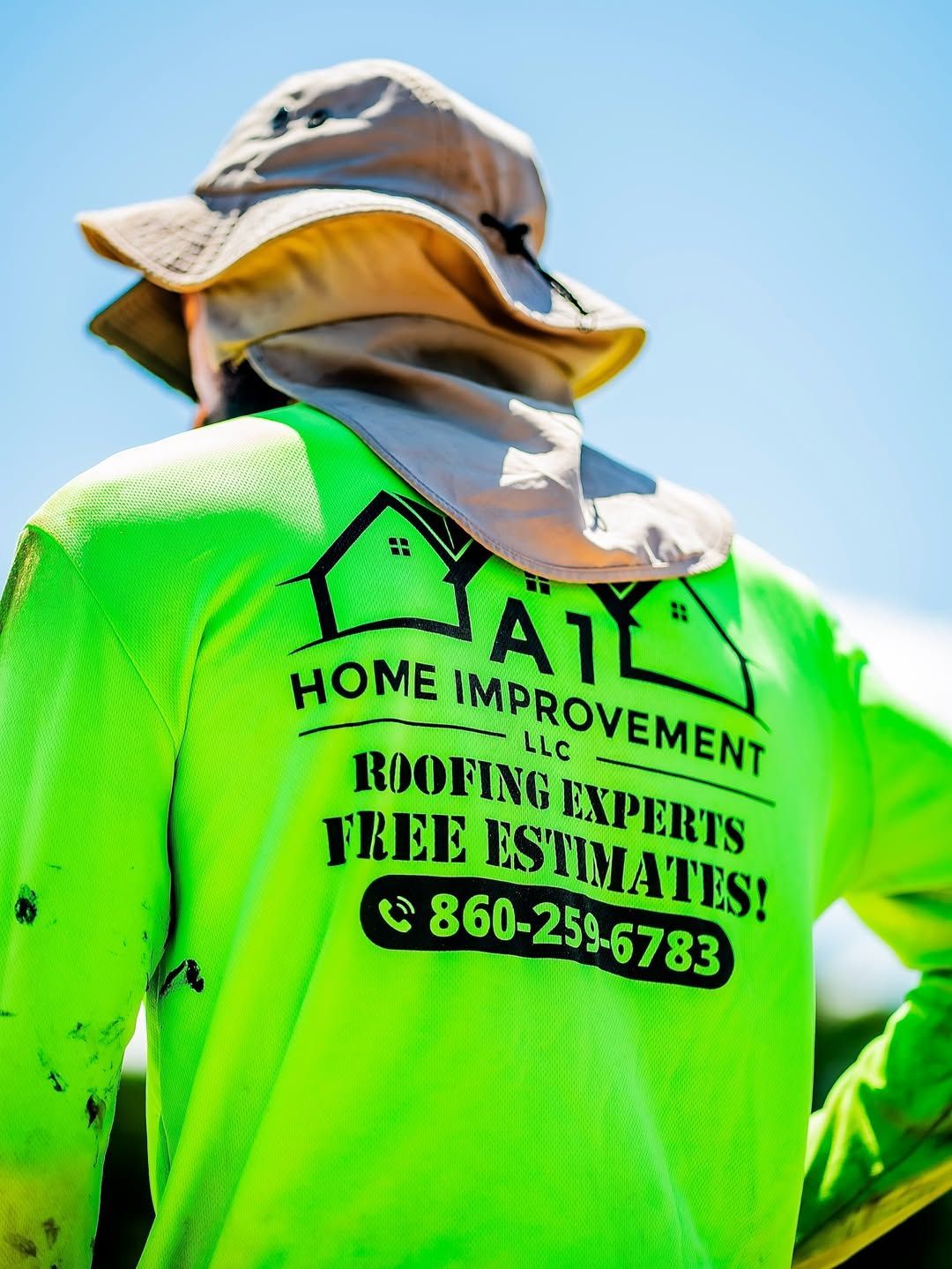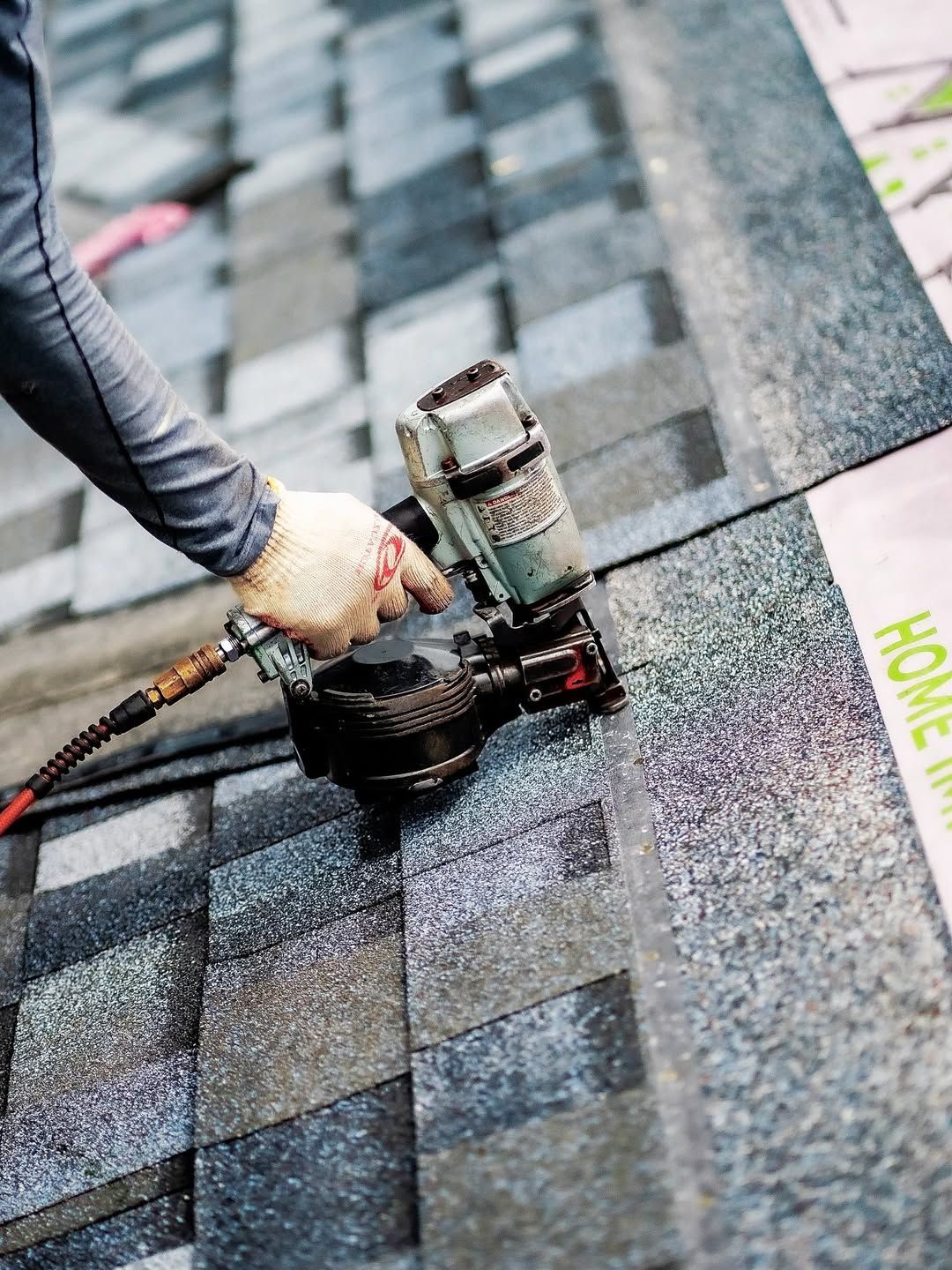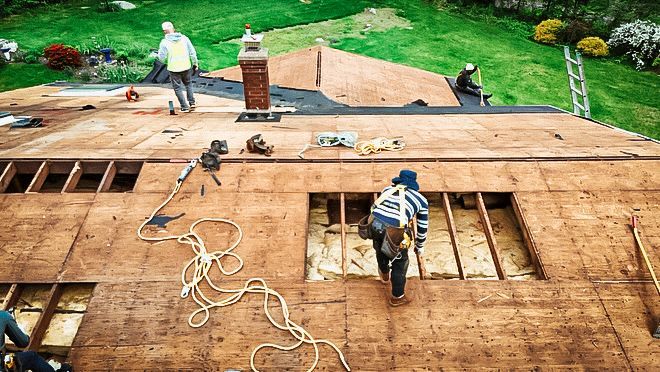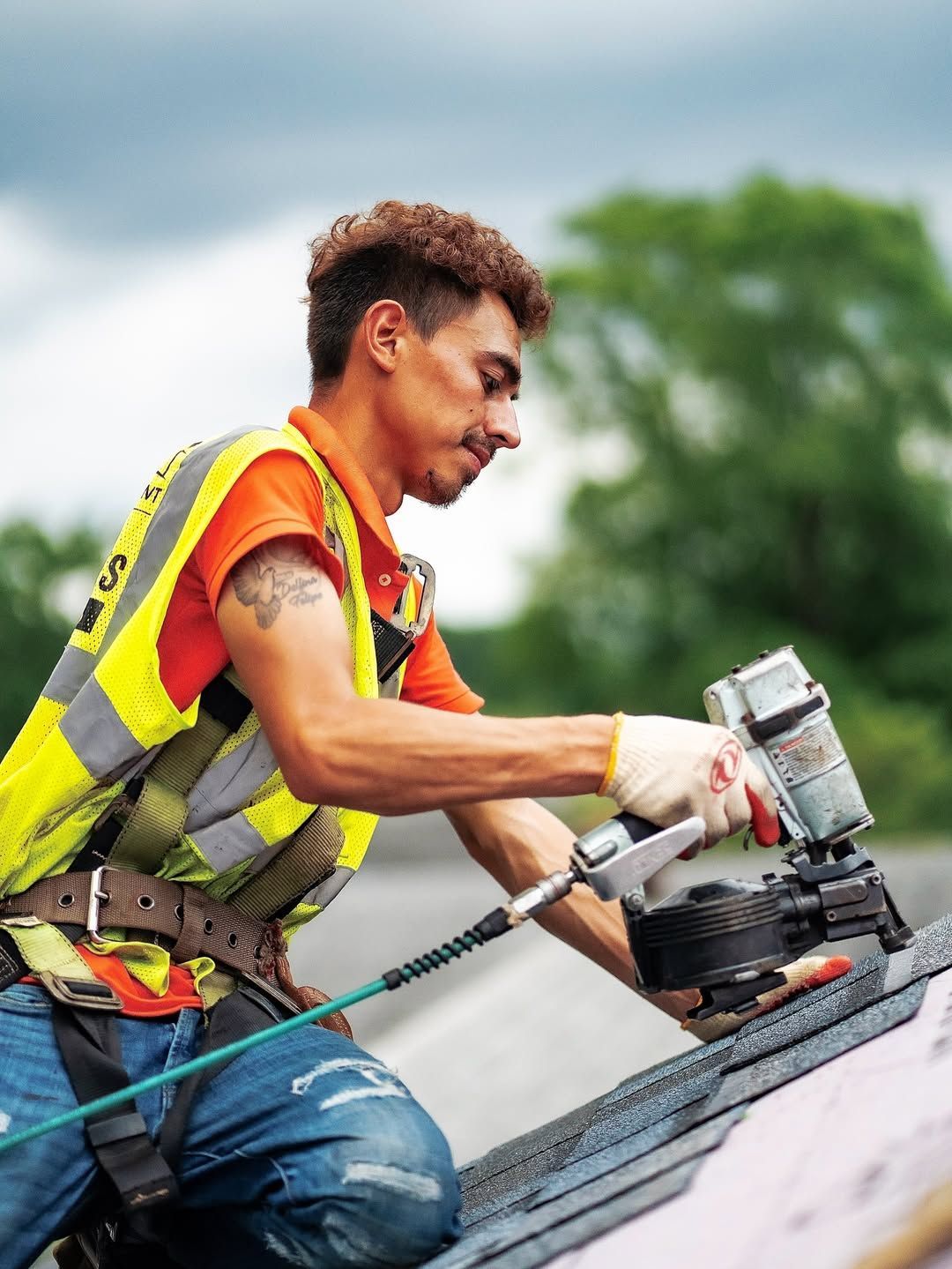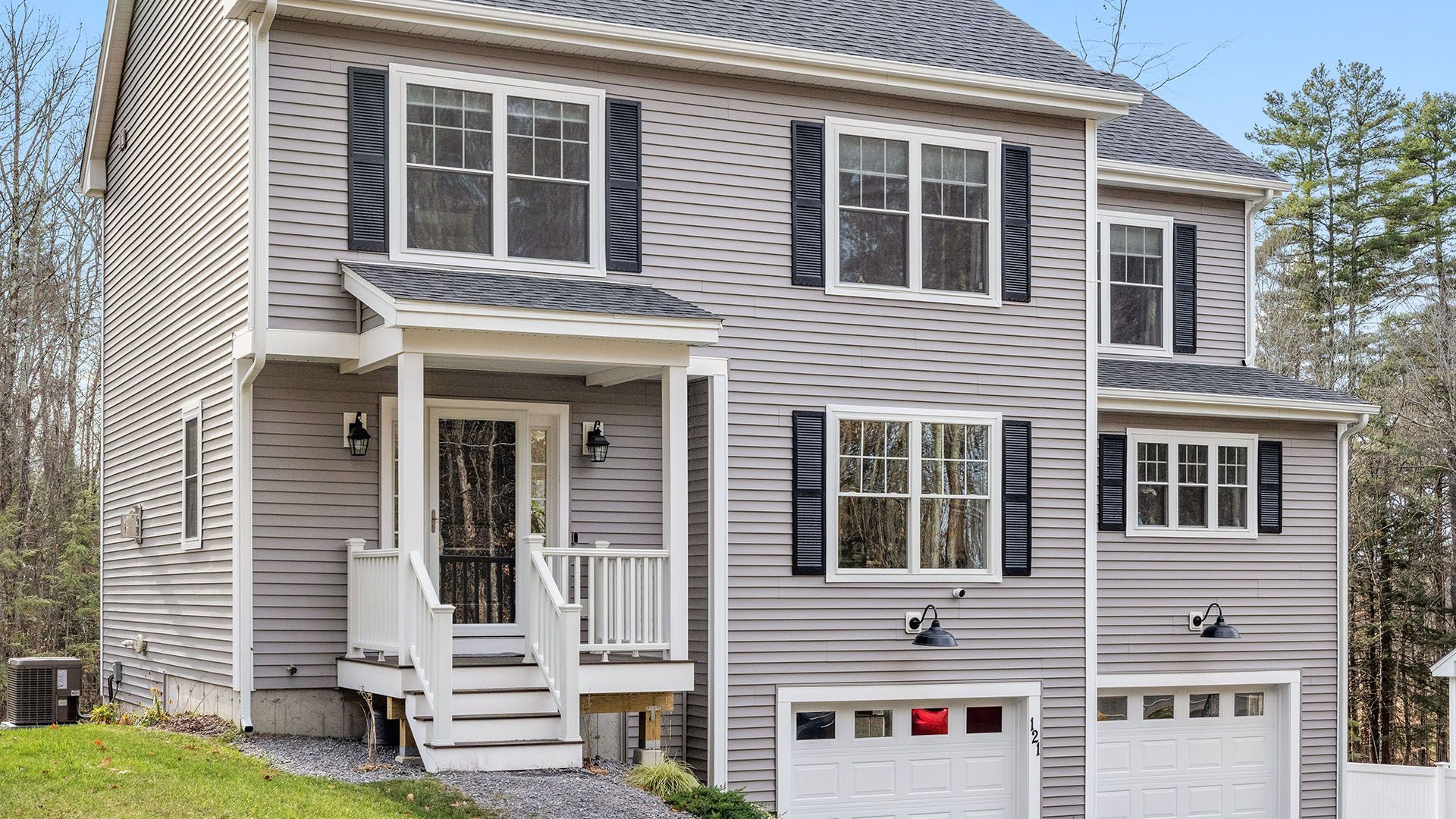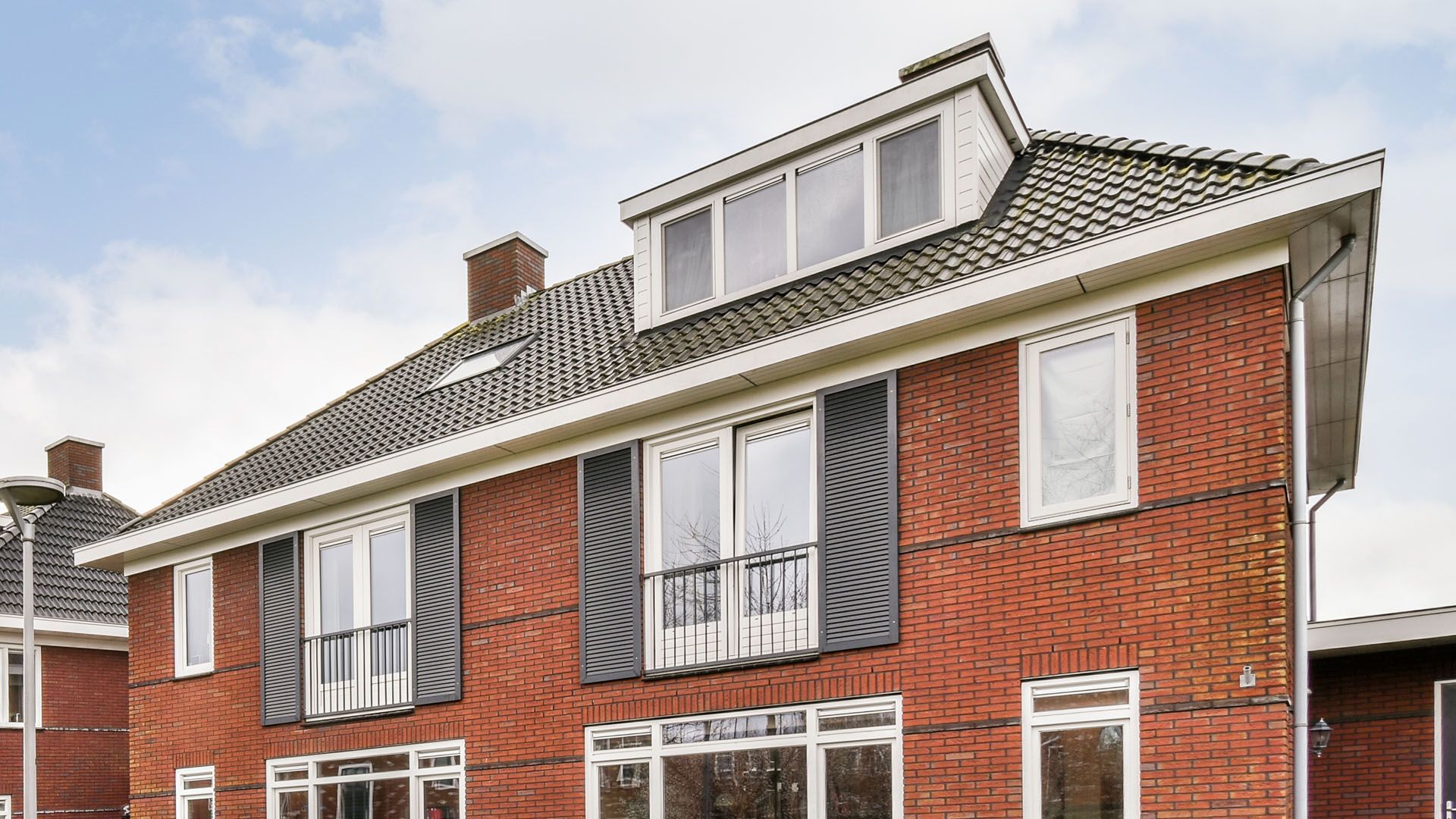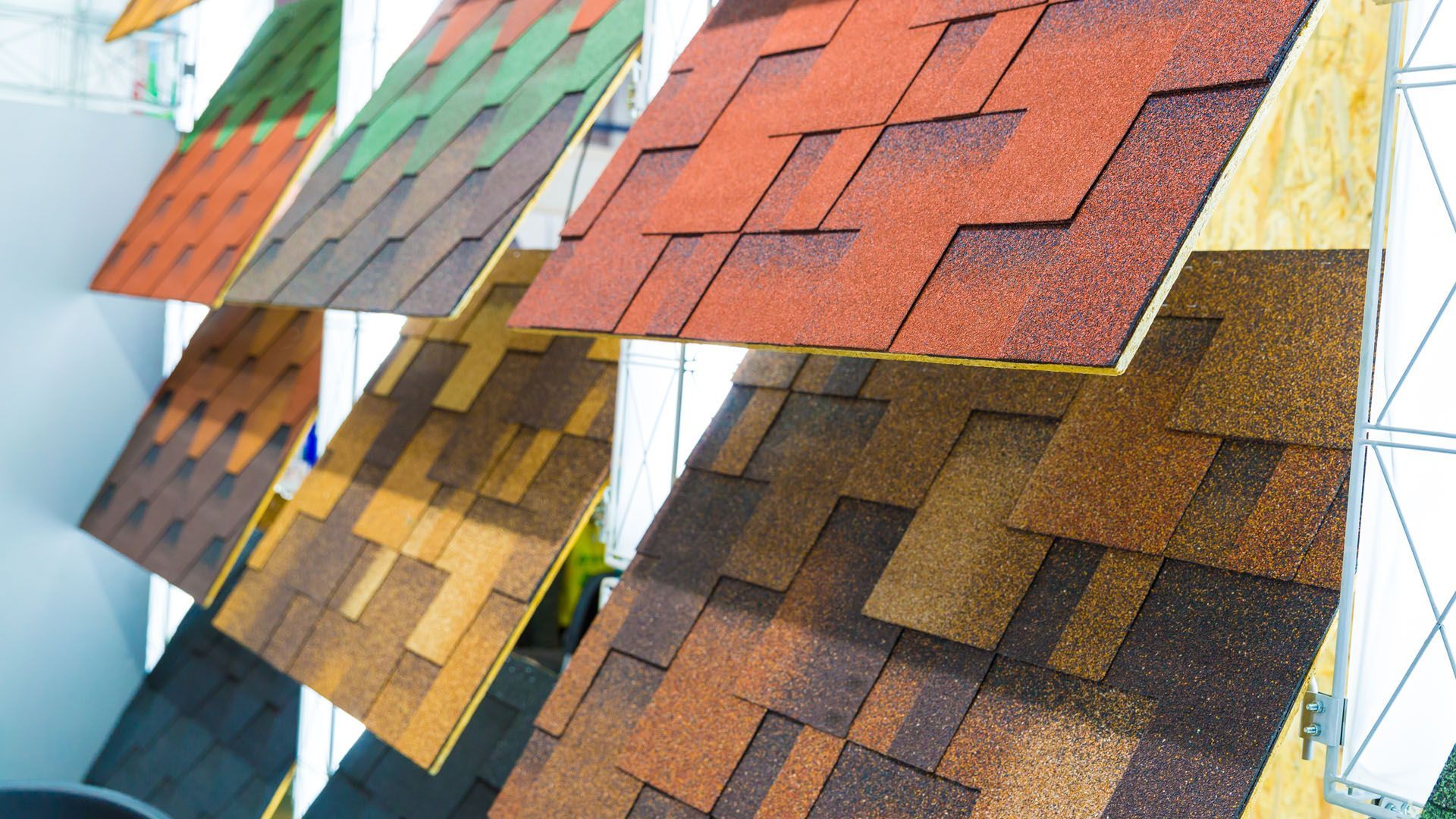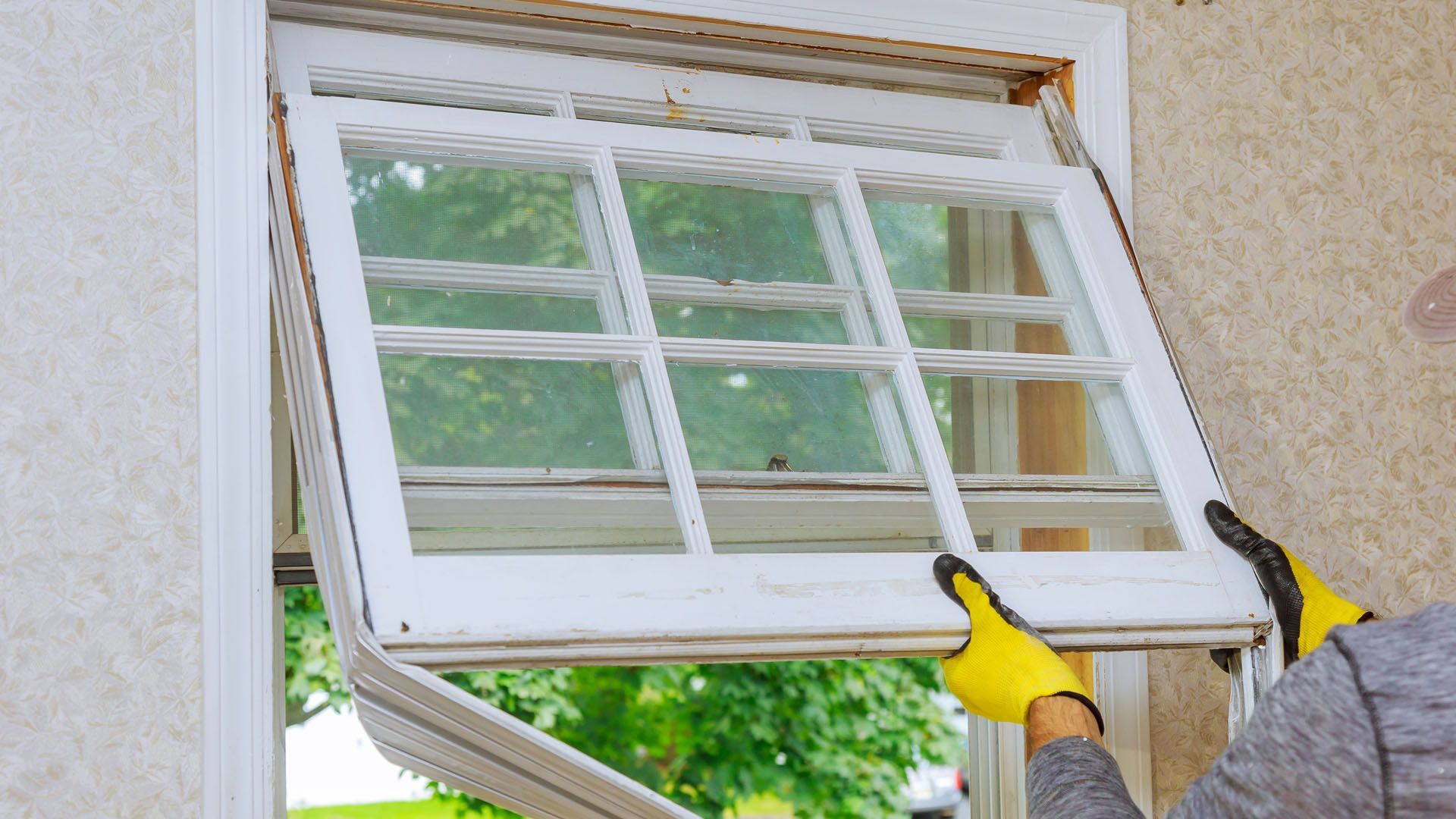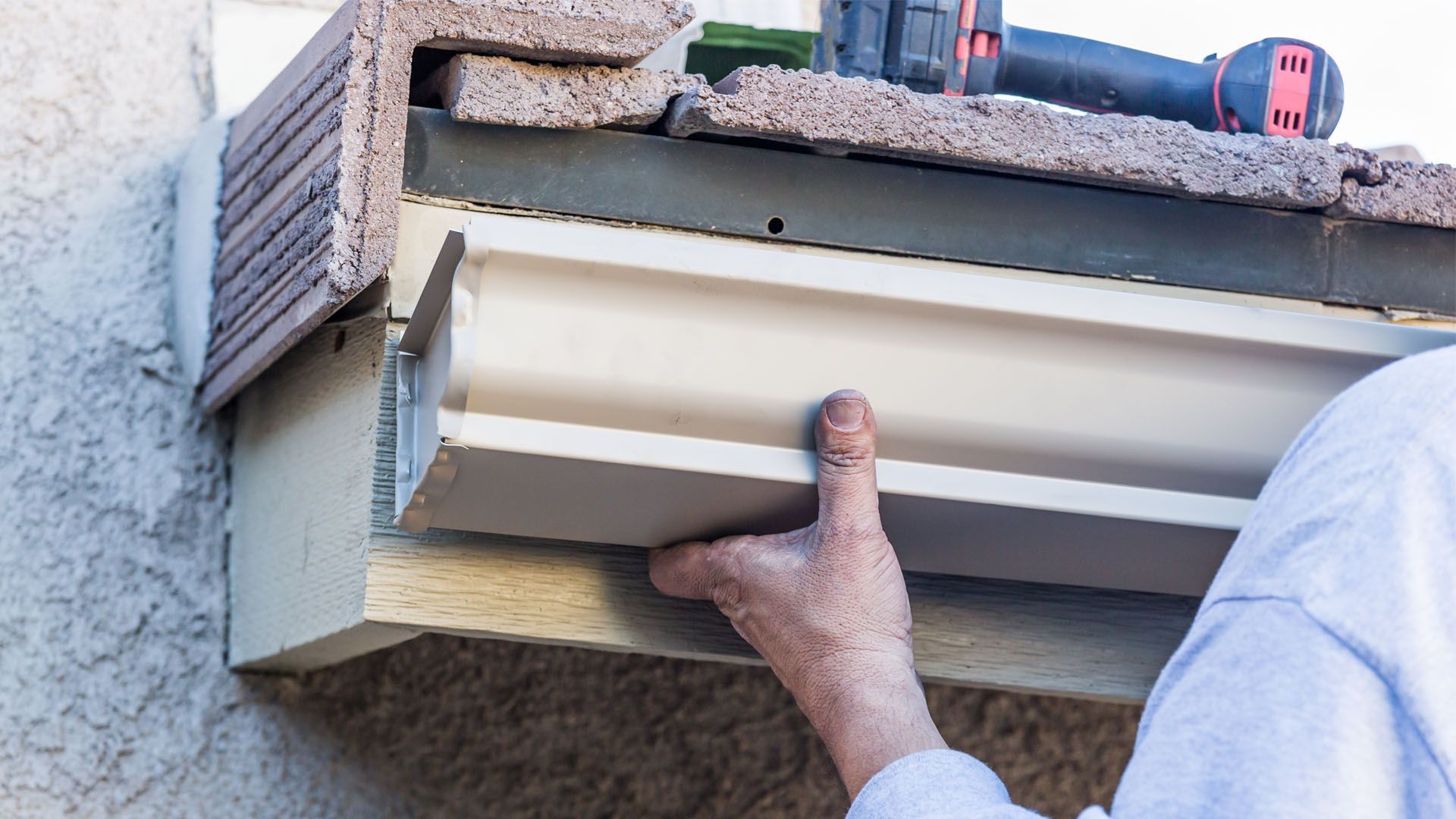Top 5 Urgent Roof Repair Tips for Homeowners
Roof leaked or damaged? Act now. This guide covers urgent roof repair tips to help you minimize damage and keep your home safe.
Key Takeaways
- Contacting a roofing professional immediately and documenting the damage are crucial first steps in urgent roof repair situations, aiding in both effective repairs and insurance claims.
- Recognizing early signs of roof damage, such as visible water leaks, missing or damaged shingles, and sagging roof sections, can prevent minor issues from developing into major problems.
- Preventive measures, including regular roof inspections, gutter maintenance, and trimming overhanging branches, can help avoid future roofing emergencies and extend the roof’s lifespan.
Immediate Steps for Urgent Roof Repair
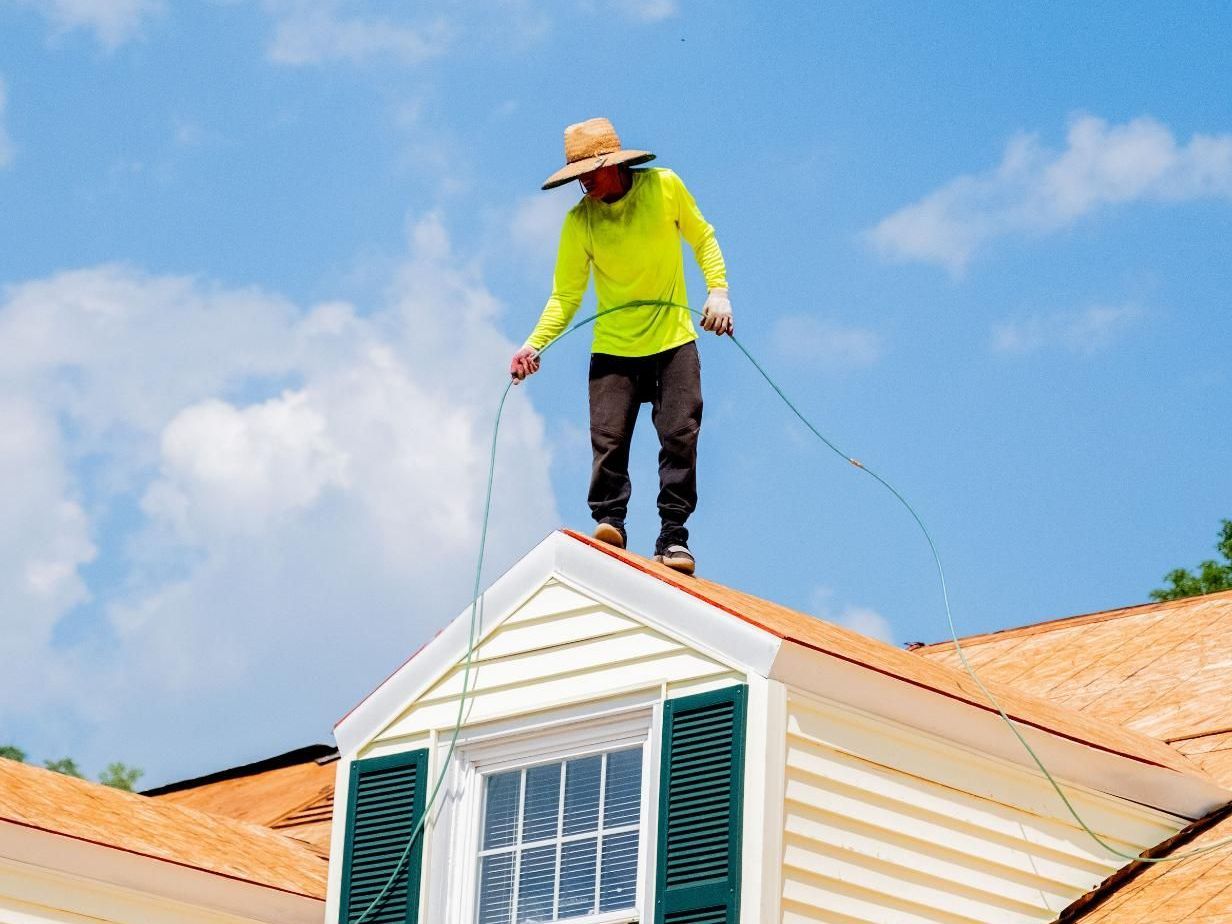
In the face of a roofing emergency, quick and decisive action is your best defense. The very first steps you take can significantly impact the extent of the damage and the overall cost of repairs. Here’s what you need to do immediately to stabilize the situation and prevent further damage.
Contact a Roofing Professional
If you notice any damage to your roof, it’s important to contact a reputable roofing contractor as soon as possible, as you might need emergency roof repair. They can assess the damage and provide professional repairs to ensure the safety and integrity of your home. Emergency roof repair services are critical to addressing immediate threats like emergency roof leaks and preventing further deterioration of your roof, especially in an emergency roof repair situation. An emergency roof repair team has the expertise and equipment needed to safely and effectively manage emergency repairs, even in adverse conditions like ongoing storms or heavy winds.
Having a professional roofing company assess the damage ensures that all issues are identified and that you receive a comprehensive repair plan. Always get a written estimate for the repair or replacement work needed, which can also help when dealing with insurance claims.
Document the Damage
Thoroughly documenting the damage is essential for both insurance claims and future reference. Take clear photos and videos of the damage from multiple angles, including both the interior and exterior of your home. Make detailed notes about the incident, noting the date and any specific observations.
This documentation will be invaluable when filing an insurance claim and during the repair process.
Protect Your Belongings
If it’s safe to do so, here are some steps you can take to protect your valuables and minimize damage:
- Move your valuables away from the damaged area to prevent them from being affected by water or structural damage.
- For items that can’t be moved, cover them with plastic tarps or trash bags to shield them from water and debris.
- Use buckets or containers to catch dripping water and minimize floor damage and other indoor issues.
Identifying Signs of Urgent Roof Damage
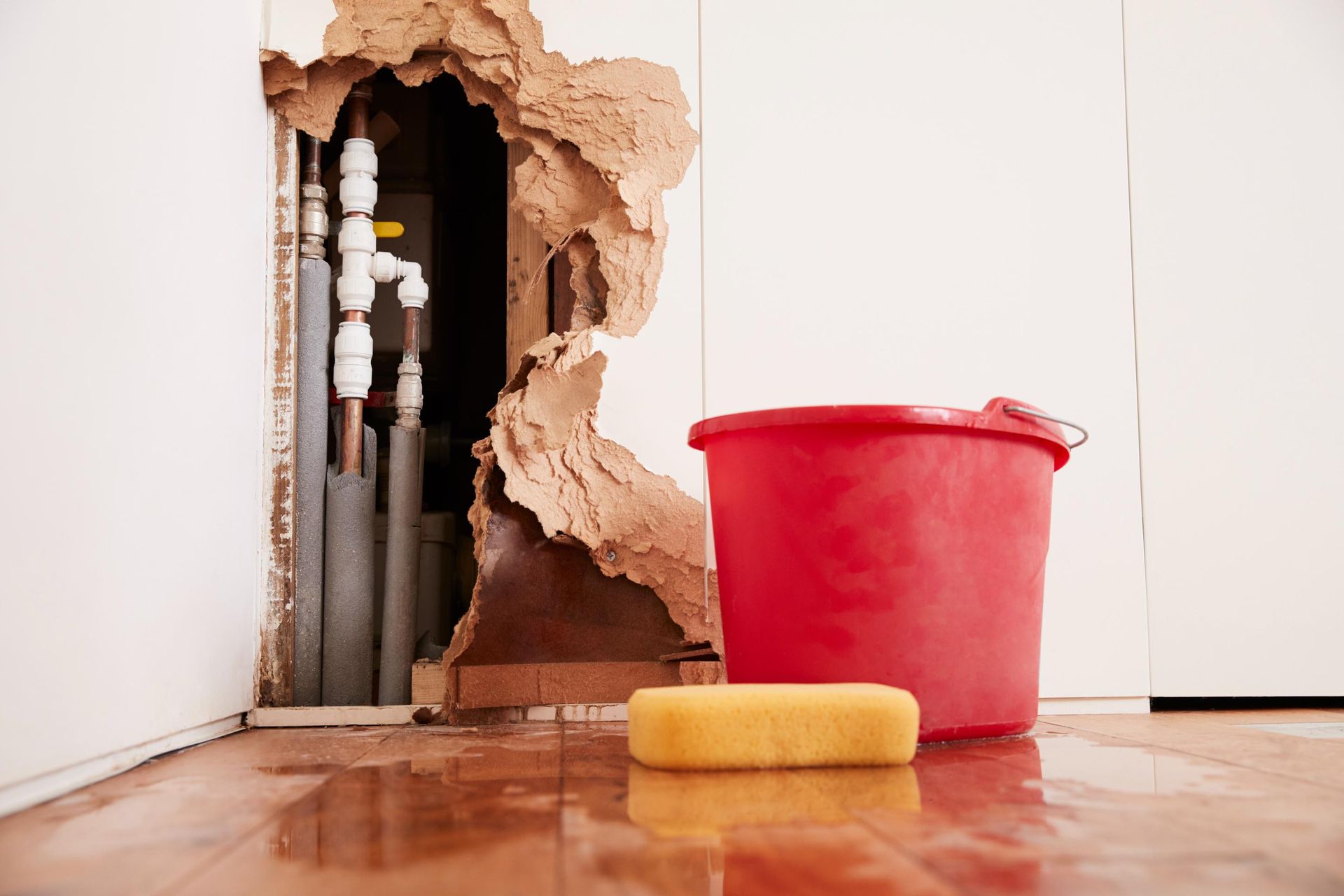
Recognizing the early signs of roof damage can mean the difference between a minor repair and a costly replacement. Knowing what to look for helps you address issues promptly and avoid extensive damage.
Visible Water Leaks
Visible water leaks are a glaring sign that your roof needs immediate attention. Water stains on ceilings or walls are a clear indication of roof damage caused by a roof leak. If you notice brownish stains or water dripping inside your home, it’s likely you have a leaking roof. Contact a professional roofer immediately to prevent further water damage and structural issues.
Missing or Damaged Shingles
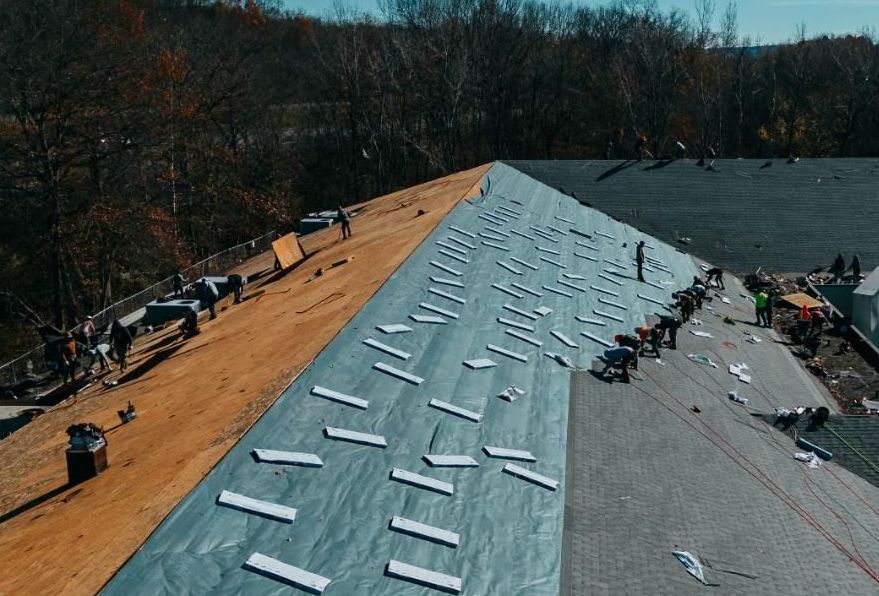
Missing or damaged shingles are a common issue that can lead to significant roof leaks if not addressed promptly. Shingles that are cracked, curled, or losing granules should be inspected by a professional roofer. Granule loss, visible as sand or granules in gutters, is a sign that shingles are deteriorating and need replacement.
Even small branches can strip the protective granules off shingles, leading to potential leaks. If you observe any signs of missing or damaged shingles, it’s essential to contact a roofing professional to address the issue before it worsens.
Sagging Roof Sections
A sagging roof indicates severe structural damage and poses a significant risk of collapse. This issue often results from rotten or broken rafters and necessitates immediate professional intervention to ensure safety and prevent further structural problems.
Common Causes of Emergency Roof Repairs
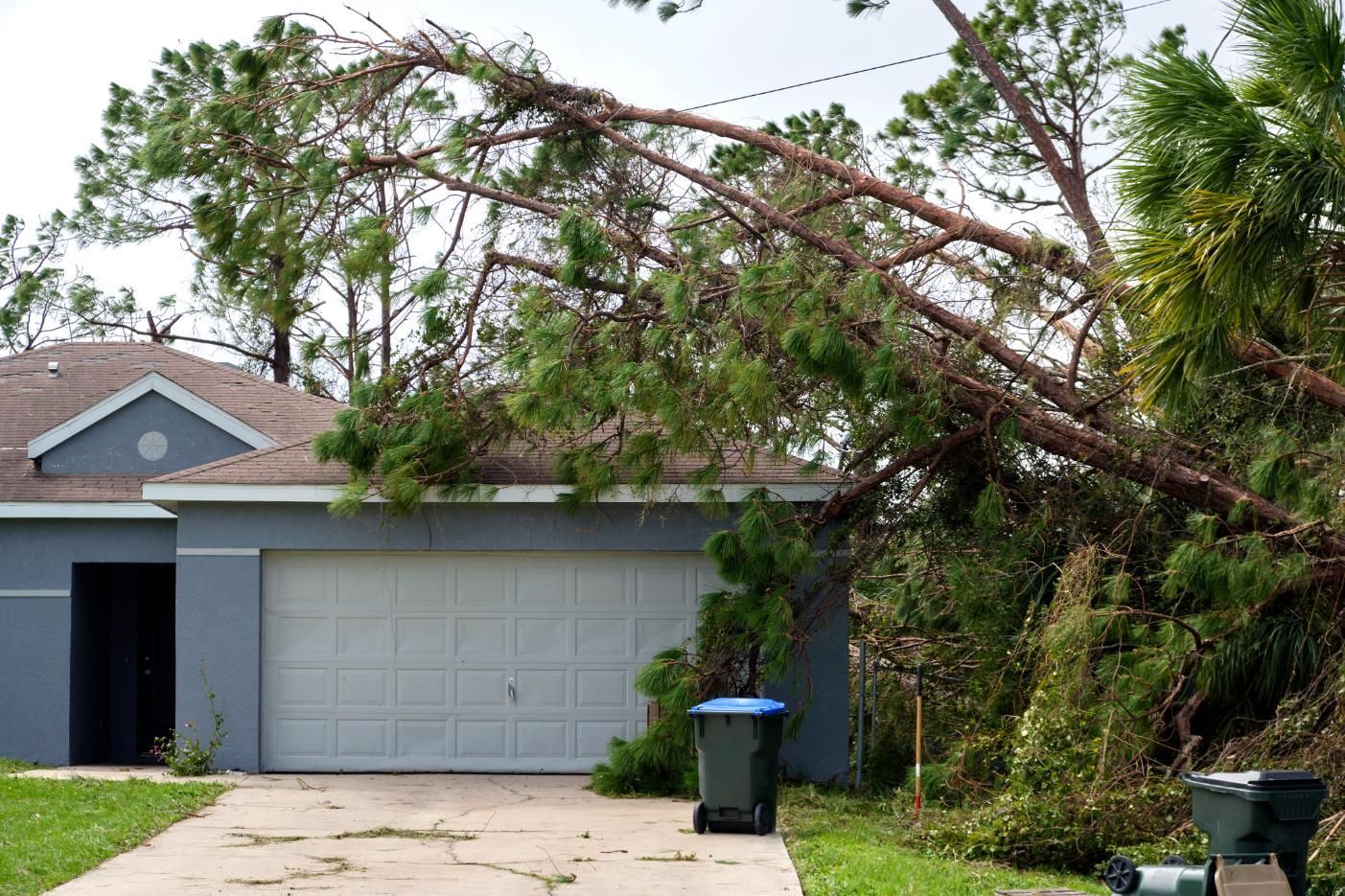
Understanding what causes roof damage can help you take preventive measures and be better prepared for potential emergencies. The most common causes include severe weather events, fallen trees or large debris, and poor maintenance, which can lead to a damaged roof.
Severe Weather Events
Severe weather events like hailstorms, high winds, and prolonged sun exposure can wreak havoc on your roof. High winds can blow off shingles, exposing the wooden structure to rain and other elements. Hailstorms, a top reason for homeowners’ insurance claims, can puncture or crack roofing materials, demanding urgent attention. After any severe weather event, it’s crucial to inspect your roof for damage.
Heavy rainfall can also cause the roof to sag or bow inward, indicating structural damage. Tornadoes can be particularly destructive, sometimes lifting roofs off houses entirely.
Fallen Trees or Large Debris
Storms can cause trees or large debris to fall on your roof, resulting in severe structural damage that often necessitates a full roof replacement. Addressing such damage promptly is crucial to prevent further issues and ensure safety.
Poor Maintenance
Neglecting regular roof maintenance can lead to serious emergencies down the line. Granules in gutters indicate that shingles are losing their protective surface layer, an early sign of roofing problems that can worsen if ignored.
Regular inspections and upkeep are essential to avoid such issues.
Temporary Fixes for Roof Leaks
While waiting for professional repairs, there are several temporary solutions you can implement to prevent further damage. These include applying tarps, using roofing cement, and sealing with rubber sheets.
Applying a Tarp
To apply a tarp, follow these steps:
- Begin by measuring the damaged area to determine how many tarps and supplies are needed.
- Ensure the tarps have an overlap of about four feet around the edges to prevent water from seeping underneath.
- Secure the tarp with wooden boards and nails, starting at the roof’s peak, to ensure a tight seal against further weather.
Using Roofing Cement
Roofing cement can be a quick fix for small puncture holes and cracks. It works best in dry conditions and can act as a temporary patch to stop leaks until professional repairs can be made.
Sealing with Rubber Sheets
For larger openings, rubber sheets provide an effective temporary sealing solution. Rubber sealants work well in wet conditions, making them an ideal choice for temporary repairs until permanent fixes can be arranged.
The Role of Insurance in Urgent Roof Repairs
Insurance can play a significant role in mitigating the costs of urgent roof repairs. Understanding how to file a claim, work with adjusters, and know your coverage is crucial.
Filing an Insurance Claim
When filing a claim, follow these steps:
- Contact your insurance company promptly and provide detailed documentation of the damage.
- An insurance adjuster will assess the damage to validate your claim and determine the payout amount.
- Avoid making major repairs until the adjuster has inspected the damage.
Working with Adjusters
Provide a detailed repair estimate from a roofing company to ensure a fair payout. If possible, have your chosen contractor present during the adjuster’s visit to discuss repair needs.
Understanding Coverage
For instance, cosmetic damage to metal roofs from hail is often not covered by standard home insurance policies.
When to Call a Professional Roofer
Knowing when to call a professional roofer can save you from making costly mistakes. Significant damage, safety concerns, and lack of experience are key indicators that you need professional help.
Extensive Damage
Large holes or structural issues require professional intervention to ensure the repairs are done correctly and safely. Even if you can temporarily fix a tile or shingle, a thorough inspection by a professional is essential.
Safety Concerns
Never attempt repairs on a wet or structurally compromised roof due to safety risks. Issues like mold growth and hidden structural damage necessitate professional assessment to ensure safety.
Lack of Experience
Attempting to fix complex roof issues without experience can exacerbate the problem and pose safety hazards. Always rely on professional roofers for effective and safe solutions.
Preventing Future Urgent Roof Repairs
Preventive measures can save you from future roofing emergencies. Regular inspections, gutter maintenance, and trimming overhanging branches are key steps.
Regular Inspections
Regular roof inspections can help catch and mitigate minor issues before they escalate. Yearly inspections by a professional roofing company can identify potential problems early.
Gutter Maintenance
Cleaning gutters regularly prevents water buildup that can lead to roof leaks.
Proper drainage is crucial to avoid water-logged roofs and leaks.
Trimming Overhanging Branches
Trimming overhanging branches reduces the risk of damage from falling limbs during storms. This simple step can prevent significant roof damage and prolong your roof’s lifespan.
Summary
In conclusion, being prepared and knowing how to act in a roofing emergency can make a world of difference. By following the steps outlined, identifying signs of damage, understanding common causes, implementing temporary fixes, leveraging insurance, and knowing when to call a professional, you can manage roofing emergencies efficiently. Regular maintenance and preventive measures will help you avoid future issues, ensuring your roof remains in top condition.
FREQUENTLY ASKED QUESTIONS
Have Questions? We Have Answers
Share this Post
